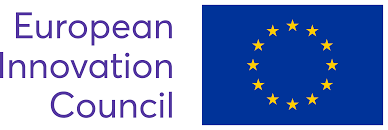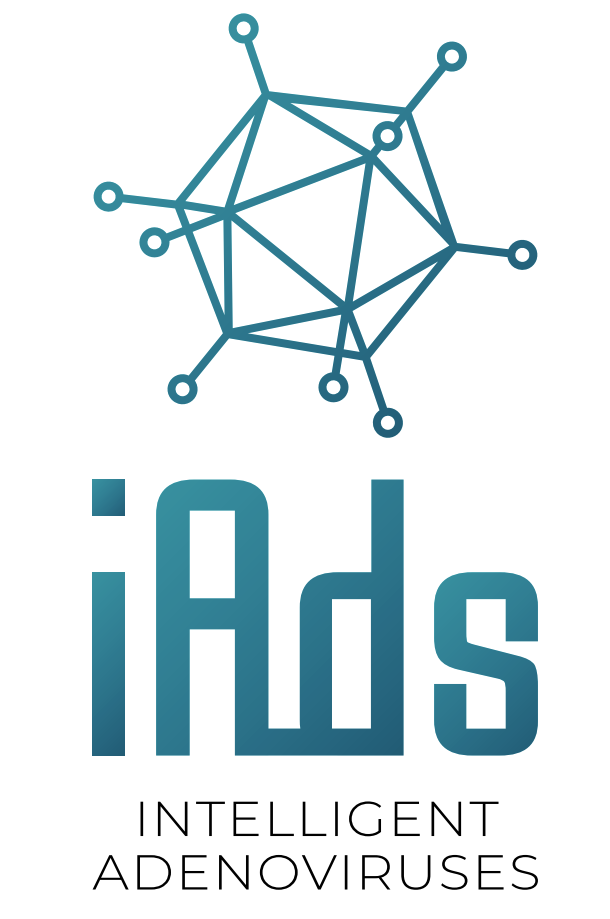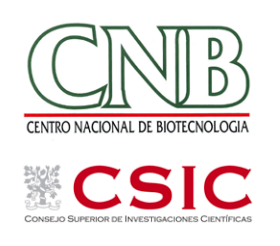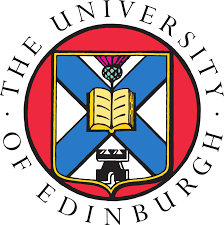Intelligent design of adenovirus vectors
iAds, a European Innovation Council (EIC) Pathfinder project, aims to maximise the potential of adenovirus vector for vaccines and gene transfer.

Credit: EKL, IGMM
Project partners
iAds consortium gatheres 6 partners from 5 European countries and puts together experts in structural biology, receptor biology, clinical gene transfer, vaccines, immunology, and manufacturing.
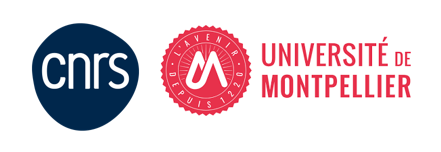
CNRS – Institute of Molecular Genetics of Montpellier
Gene transfer to the central nervous system, immune responses, receptors
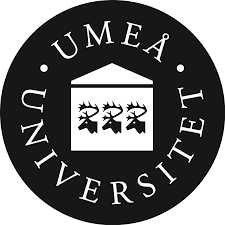
Umeå University
The Laboratory for Molecular Infection Medicine Sweden
Virus-receptor interactions and virology
Adenovirus vectors for clinical gene transfer
Gene therapy is a highly promising approach for treating certain diseases. Viral vectors have been developed stripped of their ability to cause disease and are instead used to deliver genetic material into cells for therapeutic purposes. Adenoviruses are particularly attractive because they can efficiently deliver DNA into both dividing and non-dividing cells. Funded by the European Innovation Council, the iAds project aims to overcome the limitations of adenoviral vectors, such as host immune responses and imperfect targeting. The consortium will create an in-silico platform for the design of intelligent adenovirus vectors with a focus on heart- and brain-specific targeting, addressing areas of unmet medical need.
Project objectives
- Using our expertise in adenovirus receptors, our goals are to selectively target specific cell types in the heart and brain to improve gene therapy efficacy and safety.
- Using our expertise in structural biology and immunology, we will intelligently design adenovirus vectors to avoid the immune response.

Credit: Gabriela N. Condezo (CNB CSIC)
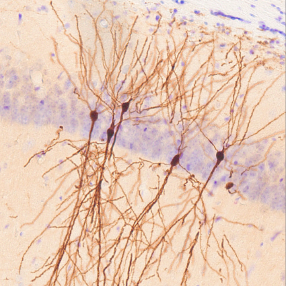
Credit: EKL, IGMM
- Using our manufacturing expertise, we will incorporate key production criteria at the beginning of vector development.
- Using our savoir faire in in vivo gene transfer, we will test the efficacy of our vectors to treat cardiovascular disease, neurodegenerative diseases that affect the aged principally, and neurodevelopment diseases that affect infants and children.
Check our FAQs to learn more about adenoviruses, gene therapy and other topics linked to the project.
Follow us on social media
This project has received funding from the European Innovation Council under the grant agreement No 101098647.
